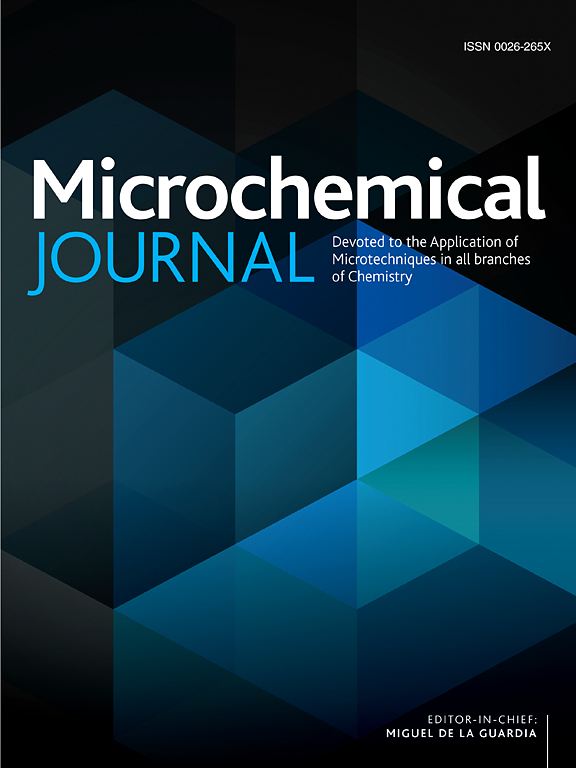Advanced biosensing technologies for cardiac troponin I Detection: Challenges and future directions in personalized heart health management
IF 4.9
2区 化学
Q1 CHEMISTRY, ANALYTICAL
引用次数: 0
Abstract
Acute myocardial infarction (AMI) is the leading cause of death worldwide. Cardiac troponin I (cTnI) an imperative biomarker for AMI, plays a vital role in the early diagnosis. Conventional cTnI detection techniques are well established and support diagnostics in relation to heart diseases; however, their time-consuming operations leads to delayed decision-making. Thus, there is a need to innovate novel sensing approaches that provide timely diagnosis, and even point-of-care (PoC) capabilities. In the past few years, wearable biosensors have emerged as better alternatives than conventional methods, showing enhanced sensitivity, selectivity, and the ability to detect PoC biomarkers toward managing personalized heart health. These biosensors have properties that include ease of use, a high sensitivity response time, compatibility with established cTnI detection methods, and PoC applications that position them nicely for integration into optical and electrochemical platforms. This review further explores challenges and prospects envisioned in biosensing technology for cTnI detection from advanced technological features and integration into healthcare systems. With real-time data derived from these biosensors, healthcare providers can improve the accuracy of diagnosis, and further, they can encourage proactive interventions that greatly improve outcomes for patients with AMI. It explains the potential that lies in biosensors toward rapid, accurate, and cost-effective detection, revolutionizing the management and diagnosis of AMI.

求助全文
约1分钟内获得全文
求助全文
来源期刊

Microchemical Journal
化学-分析化学
CiteScore
8.70
自引率
8.30%
发文量
1131
审稿时长
1.9 months
期刊介绍:
The Microchemical Journal is a peer reviewed journal devoted to all aspects and phases of analytical chemistry and chemical analysis. The Microchemical Journal publishes articles which are at the forefront of modern analytical chemistry and cover innovations in the techniques to the finest possible limits. This includes fundamental aspects, instrumentation, new developments, innovative and novel methods and applications including environmental and clinical field.
Traditional classical analytical methods such as spectrophotometry and titrimetry as well as established instrumentation methods such as flame and graphite furnace atomic absorption spectrometry, gas chromatography, and modified glassy or carbon electrode electrochemical methods will be considered, provided they show significant improvements and novelty compared to the established methods.
 求助内容:
求助内容: 应助结果提醒方式:
应助结果提醒方式:


